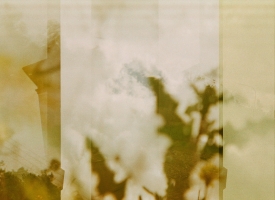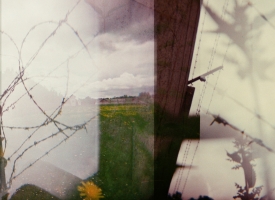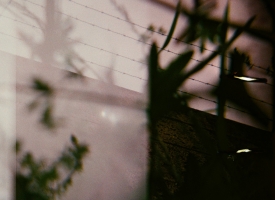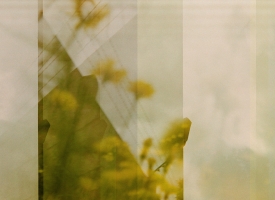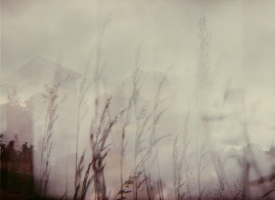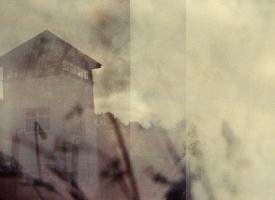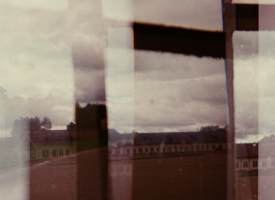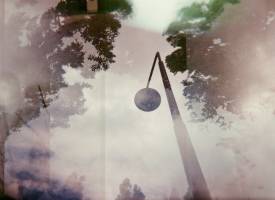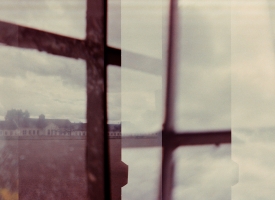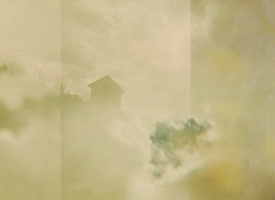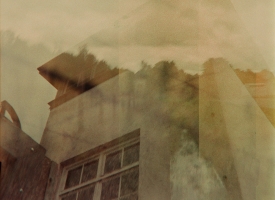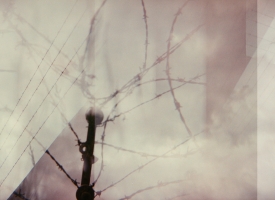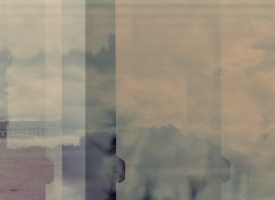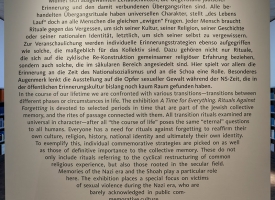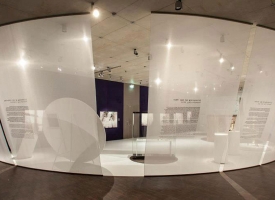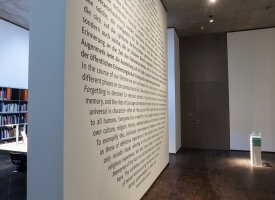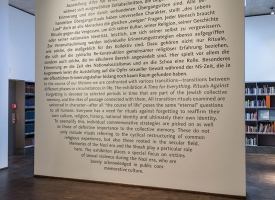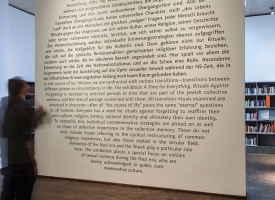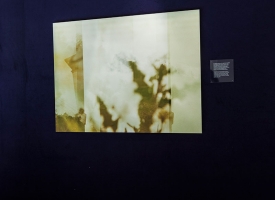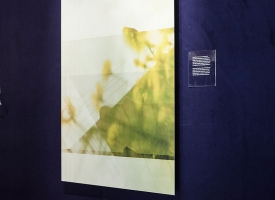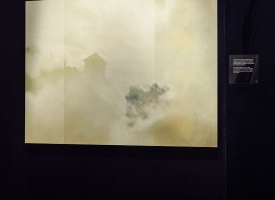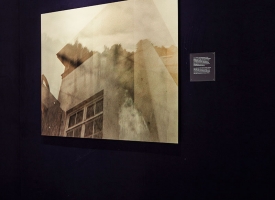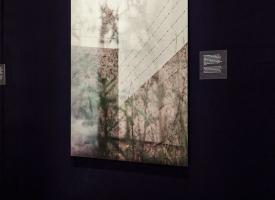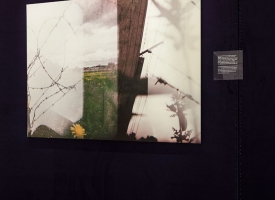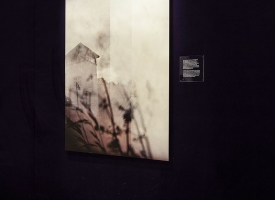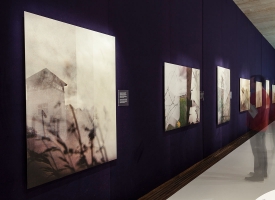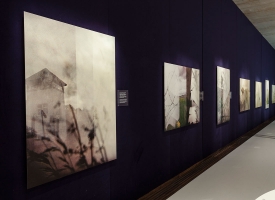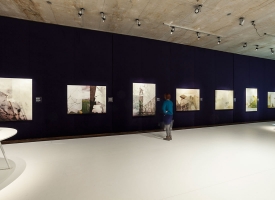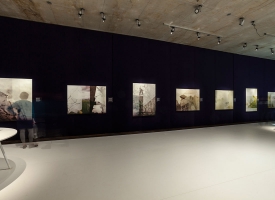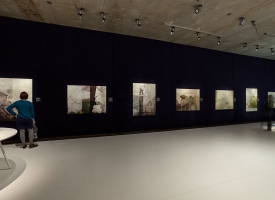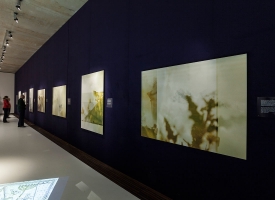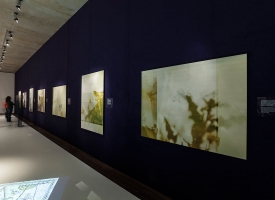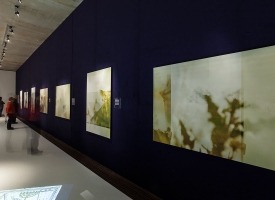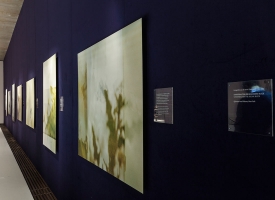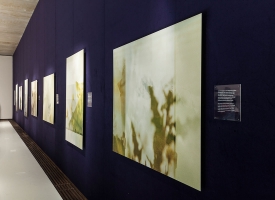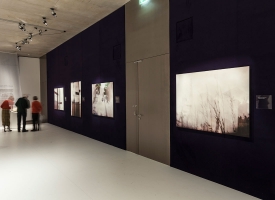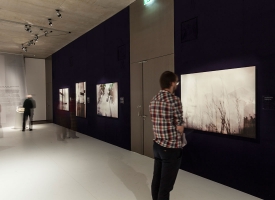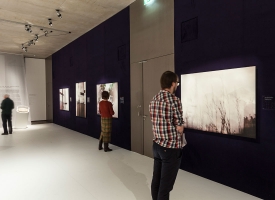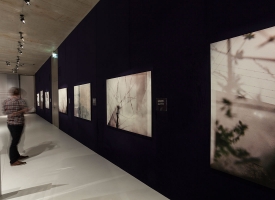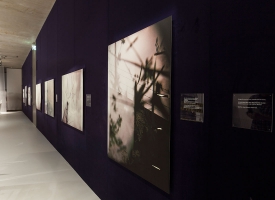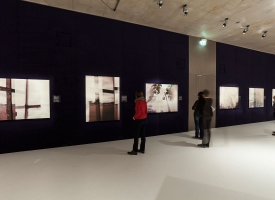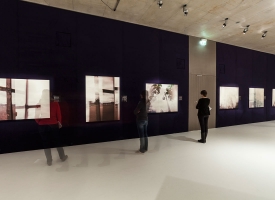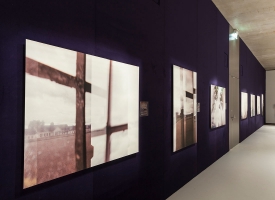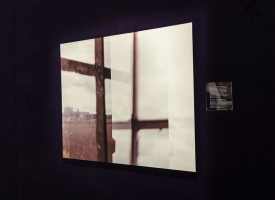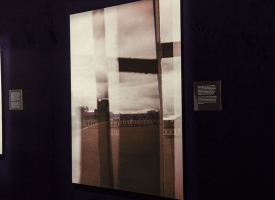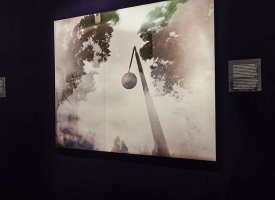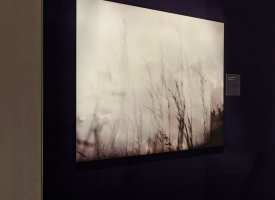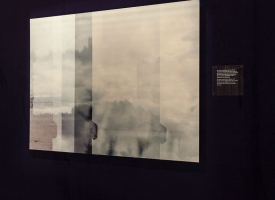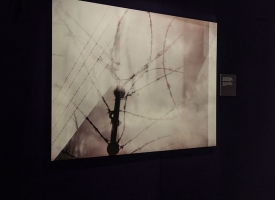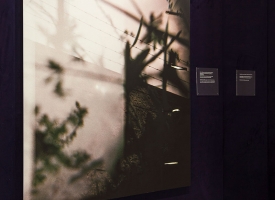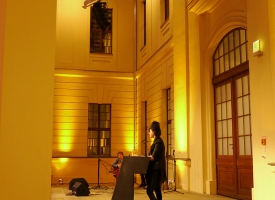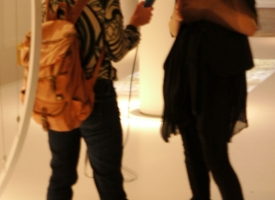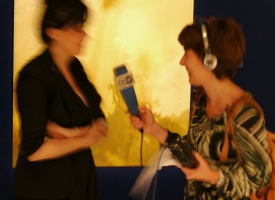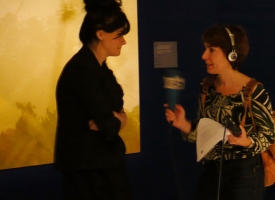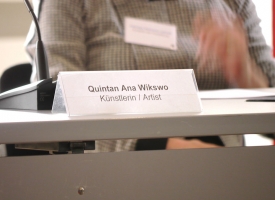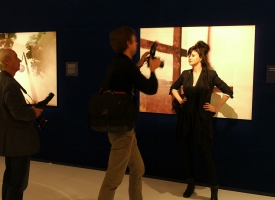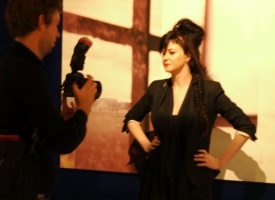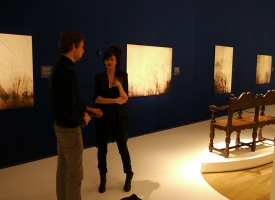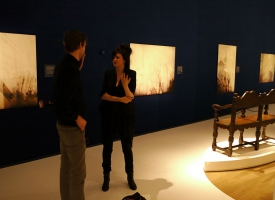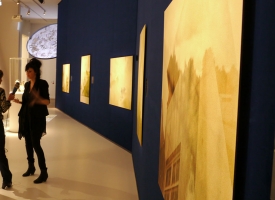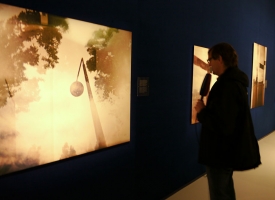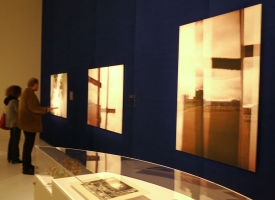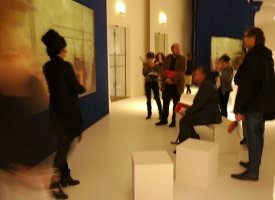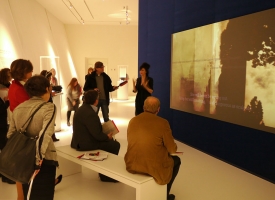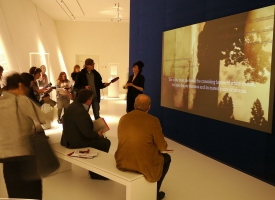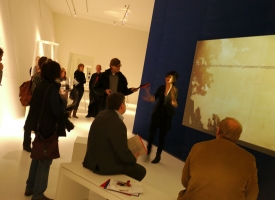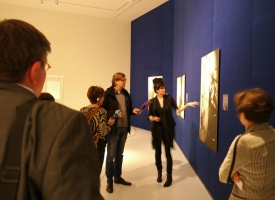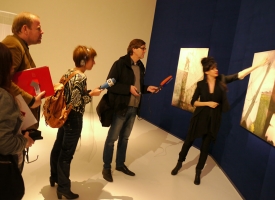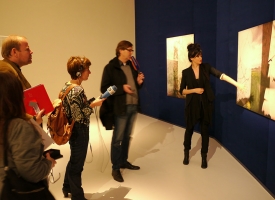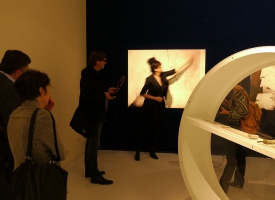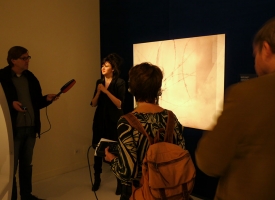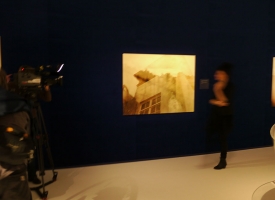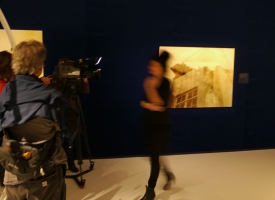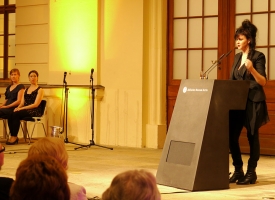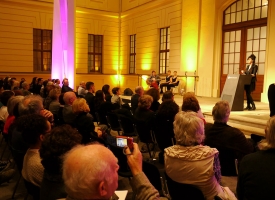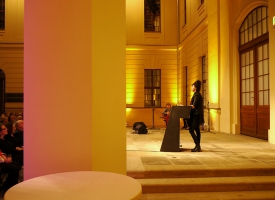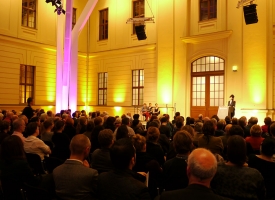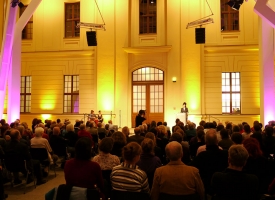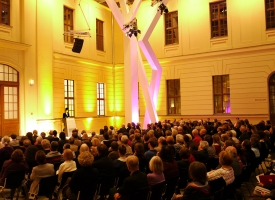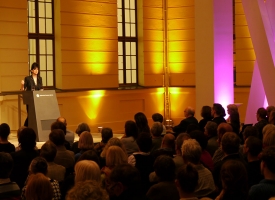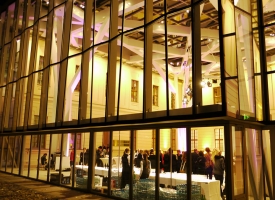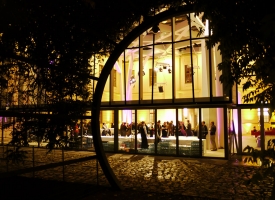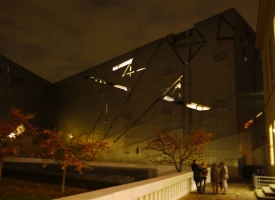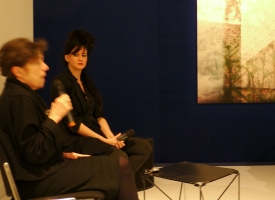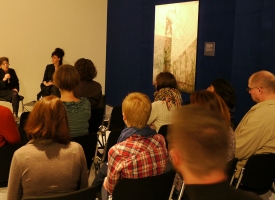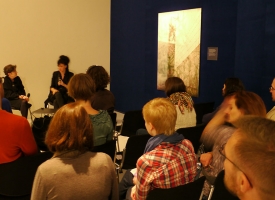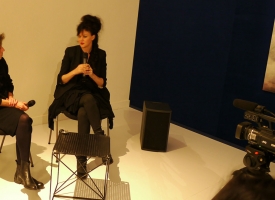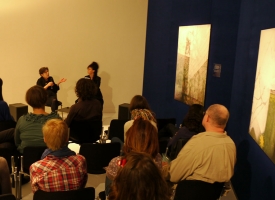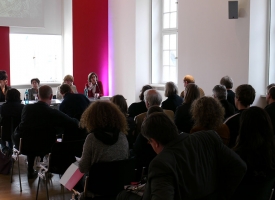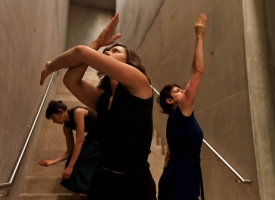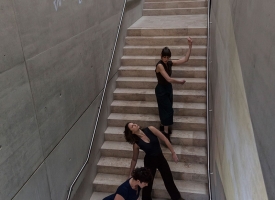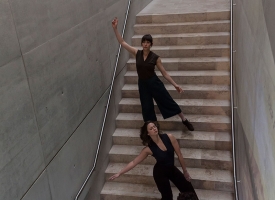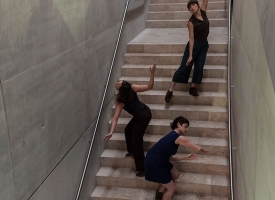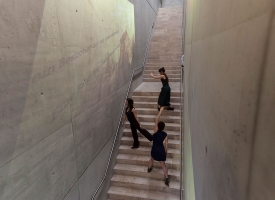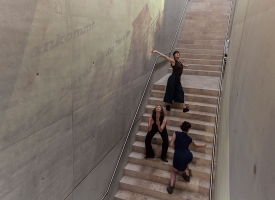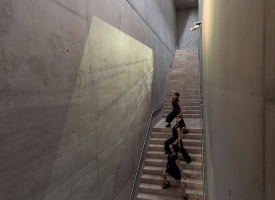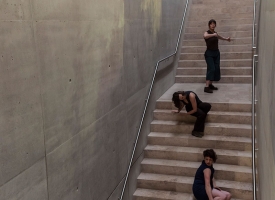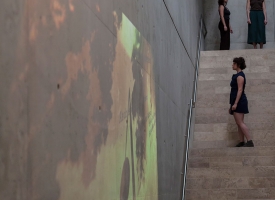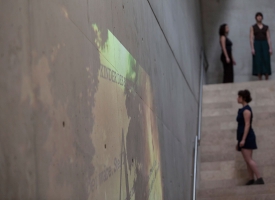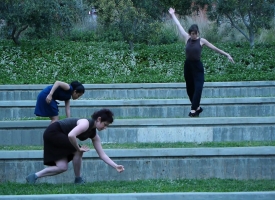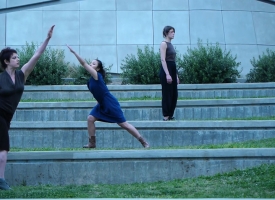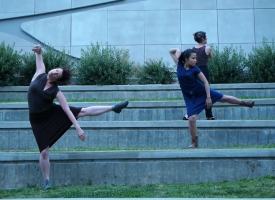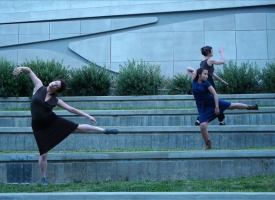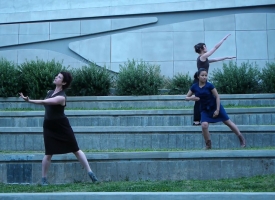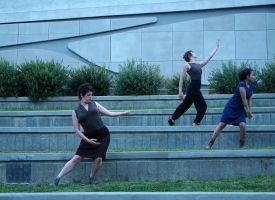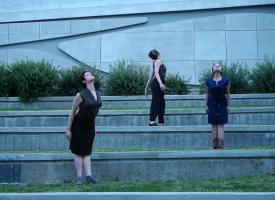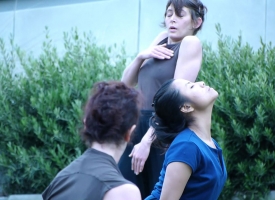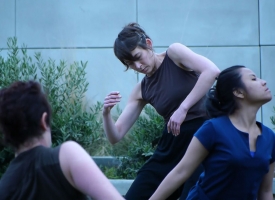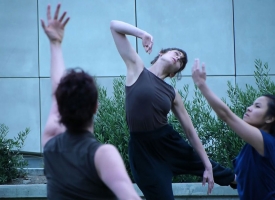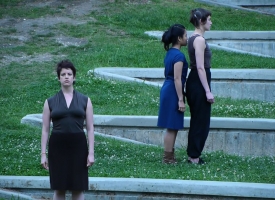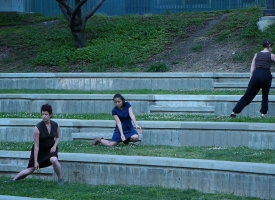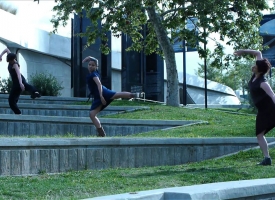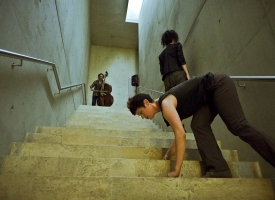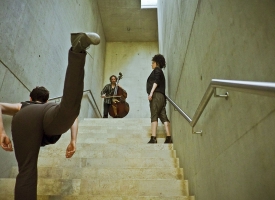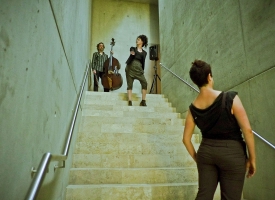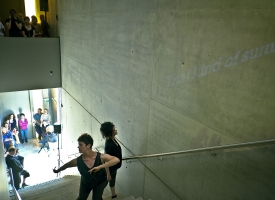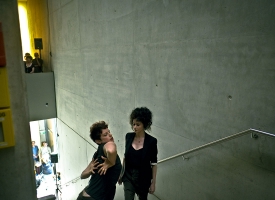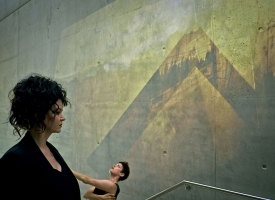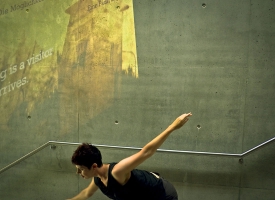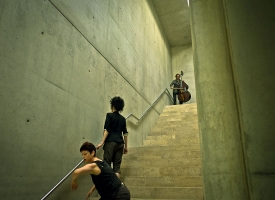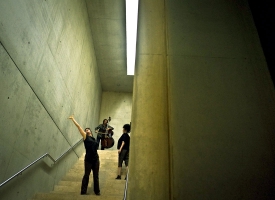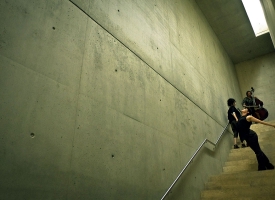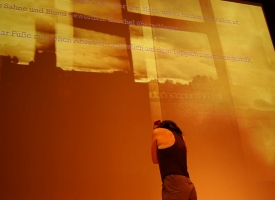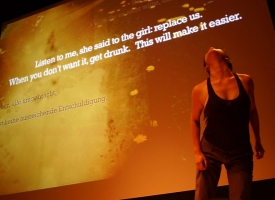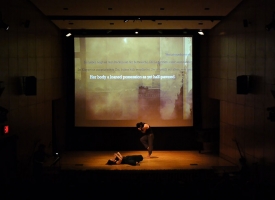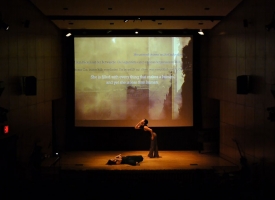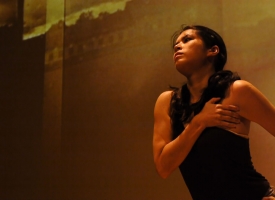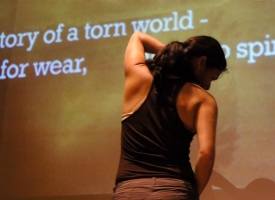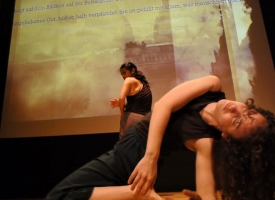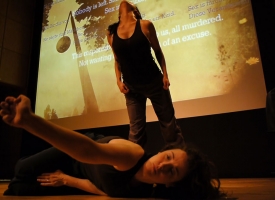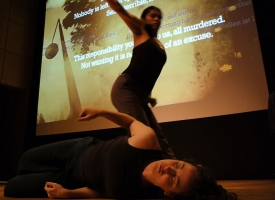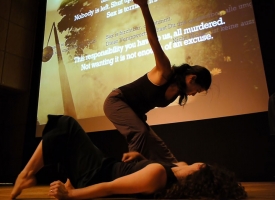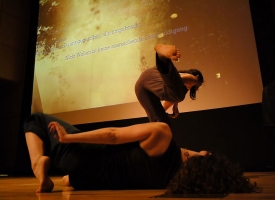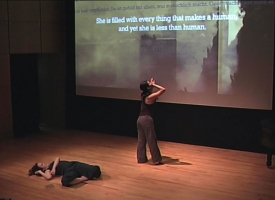SONDERBAUTEN / THE SPECIAL BLOCK
Project Description
October 17, 2013 – February 6, 2014 / BERLIN
Solo Exhibition // Tabu: Sonderbauten // Berlin Jewish Museum // http://www.jmberlin.de/zeit/de/tabu.php // February 28 – September 1, 2013 / MUNICH // Solo Exhibition // Tabu: Sonderbauten // Jewish Museum of Munich // www.juedisches-museum-muenchen.de
In 1941, several hundred female prisoners were transported from Ravensbrück Concentration Camp to Dachau – some were forced into slave labor at the rape brothel, and the others were forced to manufacture cameras at the Agfa factory sub-camp of Dachau in Munich. In 2009, artist Quintan Ana Wikswo recovered several of the Nazi military film cameras manufactured by these women, and worked with these cameras to photograph the unmarked site at Dachau where the rape brothel had stood. A powerful, luminous interrogation of how gender-based crimes against humanity are erased, obscured, and remain untold, Quintan Ana Wikswo’s SONDERBAUTEN is a suite of works in literature, photography, 35mm film and performance collaboration with choreographer Alexx Shilling and composer Isaac Schankler.
SONDERBAUTEN premiered as part of a solo exhibition and live performance series in New York City at Yeshiva University Museum (August 2011-March 2012). It continued to solo exhibition at the Jewish Museum of Munich (February 2013-September 2013) and the Berlin Jewish Museum (October 2013-February 2014).
The catalogue has been issued on Kehrer Verlag: Heidelberg.
To view >>
To purchase >>
Read Quintan Ana Wikswo’s essay in the exhibition catalogue by Kehrer Verlag >>
Artist Statement
Even cursory research made clear that the project was awkward and difficult – within a society that even today tolerates epidemic levels of domestic violence, sexual crimes against women, sex slavery within the trafficking system, and gender-based violence, how to talk about women’s experiences during the Holocaust and World War II? Why should I? Why should I take on this particular project? Was it the institutionalizing, the industrializing of rape? Was it the sensationalism of the Nazi genocidal sexual psychology? Was it simply the compulsory ritual for every Jewish artist to create a major artwork surrounding the Holocaust? These questions were preoccupying.
And then I made my first trip to Dachau. It was late May, there was a huge thunderstorm, and I was soaking wet. In my backpack I carried a copy of an old RAF British Aerial surveillance map where the square of the Sonderbauten marked. I had evidence, and I had a direction, and I thought it would be simple to locate the rape brothel, and to take some photographs of the ruin.
I went to the main museum building and asked several attendants – they became deeply embarrassed, and lowered their voices, and said that it was not a matter to be discussed. Dachau was full of flowers and trees, birds, and everything else: ash heaps, blood ditches, crematorium, torture chambers. And yet, there was no marking, no mention, no memorialization for the crimes of life and death in the Sonderbauten. Through the Royal Air Force photograph, I went to where the building once stood. It was a field of stones, grass, wild violets and dandelions. I discovered that the building – and the women’s experience – had been removed and obscured. There were no markings at the site itself.
The complexity of gender, sexuality, and gender violence within the larger genocide, I was told, were too difficult, too uncomfortable, and thus a decision had been made not to make those histories available to the public. As Susan Sontag writes, “policies about what is to be seen and not seen by the public are still being worked out. Television news producers and newspaper and magazine photo editors make decisions every day which firm up the wavering consensus about the boundaries of public knowledge. Often their decisions are cast as judgments about ‘good taste’ – always a repressive standard when invoked by institutions.”
This, then, would be the project.
Read Quintan Ana Wikswo’s essay in the exhibition catalogue by Kehler Verlag >>
Visual Art
All photographs were created at the site of the rape brothel at Dachau, using salvaged 120mm film cameras manufactured by Dachau slave labor at the Agfa camera factory in Munich.
The colors, textures, shapes and multiple layers within the photographs are all created using only the unique aberrations of the cameras’ optics, and the chemistry of the film. There is no software or computer manipulation in the images.
Photographs exhibited in solo museum exhibitions at Berlin Jewish Museum, Jewish Museum Munich, and Yeshiva University Museum/NYC.
THUMBNAIL GALLERY BELOW. CLICK TO VIEW FULL-SIZE PANORAMIC IMAGES.
Literature
EXCERPT
I. THE CONTINUATION WAR
/ DER FORTFÜHRUNGSKRIEG
She would be sad. The possibility of feeling is a visitor who never quite arrives. A fist arrested shortly before contact with the door. Closed. All the shades drawn and quarter past a state of light in both retreat and advance. A Finland spring: dark.
Sie würde traurig sein. Die Möglichkeit zu fühlen ist ein Besucher der nie ganz ankommt. Eine Faust angehalten kurz bevor sie die Tür trifft. Geschlossen. Alle Vorhänge gehängt, geschleift und gevierteilt über das sowohl im Rückzug als auch im Vorstoß befindliche Licht hinaus. Ein Finnlandfrühling: dunkel.
II. THE GULF OF FINLAND
/ DER FINNISCHE MEERBUSEN
She pulls her legs from inside the stockings and washes. Afterwards. She stretches out her full length along the bed, naked but for her underthings. The tide of cool air reconnoiters, evades, flanks. Skin holds together a brackish jostle of bones. A threat. A thing of value. A tragedy. A midnight requisition at the shores of the Baltic Sea.
Sie zieht ihre Beine aus dem Inneren der Stumpfhosen und wäscht sich. Hinterher.Sie streckt sich der Länge nach auf dem Bett, nackt bis auf die Unterhose. Die Welle kalter Luft erkundet, vermeidet, flankiert. Die Haut hält ein brackisches Knochengedränge zusammen. Eine Drohung. Eine wertvolle Sache. Eine Tragödie. Eine mitternächtliche Beschlagnahme an der Ostseeküste.
III. THE SPECIAL BLOCK
/ DER SPEZIALBLOCK
It will be a wait before the sheets make seams along her flesh. All hairs pressed inwards, waxy bulbs compressed into the peat of fabric. Grey walls striped with light from blinds, and from tilted silver slivers of mirror that suggest a door is open. This charcoal place partway between deep night and dawn.
Es wird eine Weile dauern bis die Laken Nähte auf ihrem Fleisch hinterlassen. Alle Haare nach innen gedrückt, wachsartige Haarzwiebeln zusammengedrückt in das Torfgewebe. Graue Wände, gestreift mit dem Licht der Jalousien und schrägen silbernen Spiegelstreifen, die andeuten, dass eine Tür offen ist. Dieser dunkelgraue Ort auf halbem Weg zwischen Nacht und Morgendämmerung.
IV. THE GERMAN EARTH AND STONEWORKS COMPANY
/ DIE DEUTSCHE ERD- UND STEINWERKE GmbH
A few hours earlier she had never seen the girl before, and then afterwards, she had. Borne witness to some sad concoction of cream and blonde. Ankles crossed. Wrists crossed. A social ritual of geometry and containment: their two pair of high-heeled feet composed neatly on the carpet. What to do with the tender fingers – as misplaced as anemones – stinger ridden. This human manicure a reluctant varnish over keratin too useless for claws.
Vor einigen Stunden hatte sie das Mädchen noch nie gesehen, und dann hinterher, hatte sie es gesehen. Zur Zeugin irgendeines traurigen Gemisches aus Sahne und Blond geworden. Knöchel übergeschlagen. Handgeschlenke überschlagen. Ein soziales Ritual an Geometrie und Zurückhaltung: ihre zwei Paar Füße mit hohen Absätzen ordentlich auf dem Teppich zusammengestellt. Was soll man mit den zärtlichen Finger machen – so deplatziert wie Anemonen – voll mit Stacheln. Diese menschliche Handpflege ein unwilliger Lack über dem Horn, das zu nutzlos für Krallen ist.
V. THE CRIMES & EXECUTION OF ALFRED TRZEBINSKI
/ DIE VERBRECHEN UND HINRICHTUNG DES ALFRED TRZEBINSKI
A life lies supine on the bedclothes. The repository of a torn world. Worse for wear, and deep spindled. Her body a loaned possession as yet half-pawned. She is filled with every thing that makes a human. Limp but still breathing, awash in a pool of some liquid that will never again be blood.
Ein Leben liegt auf dem Rücken auf der Bettwäsche. Die Lagerstätte einer auseinandergerissenen Welt. Heruntergekommen und tief aufgespießt. Ihr Körper ein ausgeliehenes Gut, bisher halb verpfändet. Sie ist gefüllt mit allem, was menschlich macht. Geschwächt aber noch atmend, überflutet in der Lache irgendeiner Flüssigkeit, die nie wieder Blut sein wird.
Published in Trickhouse
Film
Performance
Credits
FILM PROJECTION and TEXT: Quintan Ana Wikswo
CHOREOGRAPHER: Alexx Shilling
COMPOSER: Isaac Schankler
DANCERS: Shayna Keller, Mimi Yin, Sarah Young, Sarah Jacobs
VIOLIN: Andrew Tholl
VOICE: Anna Lisa Bloth
TRANSLATION INTO GERMAN: Dorothea Herreiner
SONDERBAUTEN is supported by the Center for Cultural Innovation, the ARC/Durfee Grant, Puffin Foundation, Yeshiva University Museum, Dragon’s Egg, Catalysis Projects, Ute Herreiner, the Virginia Center for the Creative Arts, Oberpfaltzer Kunstlerhaus, Fieldshift FURTHER, and Catalysis Projects / LA.
Special thanks to Joanne Jacobson, Zachary Levine, and Felicitas Heimann-Jenikek.
Performances, exhibitions and presentations include Berlin Jewish Museum, Jewish Museum Munich, Yeshiva University Museum (New York City), Los Angeles Museum of the Holocaust, and Cal State University at Fullerton.
Publishers include Keller Verlag, Catalysis Projects and Trickhouse.


